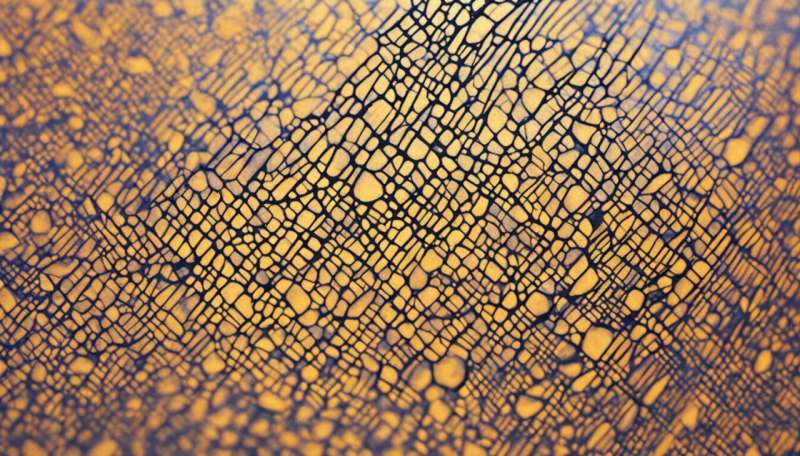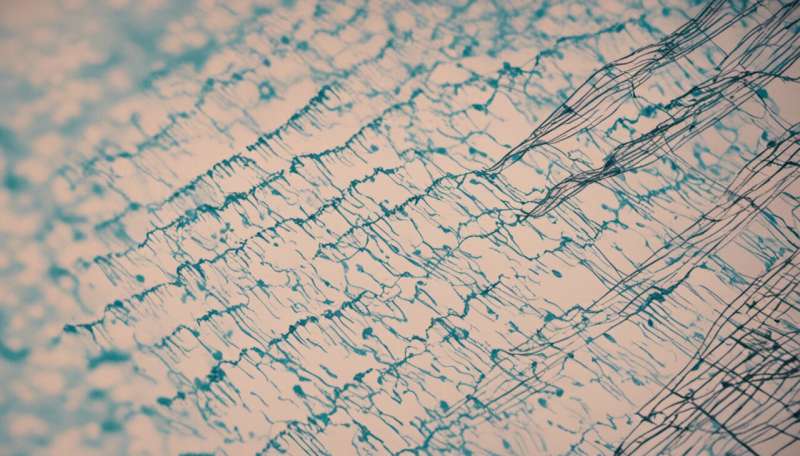We've discovered a way to recover DNA from fingerprints without destroying them

Fingerprints hold a lot more information than you might realise. They don't just provide a pattern with which to identify people. They can also contain DNA. And as neither DNA nor fingerprints are infallible ways of working out who was at a location, combining both pieces of evidence could be vital for investigators.
The problem is that forensic scientists usually have to choose between one or the other, as recovering DNA can mean destroying the fingerprint and vice versa. However, my colleagues and I have discovered a new method that could collect both types of evidence at once.
Fingerprints, referred to as "fingermarks" in forensics, are formed when residue from the ridged skin of the fingers or palms is transferred onto a surface, leaving behind an impression. Fingermarks are often made of sweat and colourless contaminating materials such as soap, moisturiser and grease. These fingermarks are described as "latent" as they are generally invisible to the naked eye, which means that locating them at a crime scene can be challenging.
Sweat can contain DNA so it's possible to retrieve it from latent fingermarks, although the success of the technique very much depends on the quantity and quality of the DNA. As crime scenes are not sterile environments, it's also possible for latent fingermarks to be contaminated with DNA from the same person or from different people.
But to find latent fingermarks, investigators often need to brush a surface with powder that may contaminate or damage the DNA. Another way to detect fingermarks is to use light sources, such as ultraviolet light torches, but the process isn't always reliable and it can also degrade DNA. There is a process for recovering DNA, which involves rubbing a swab over the fingermark or lifting it using special tape, something which can in turn make the fingermark unusable.
Of course, not all fingermarks left at crime scenes are valuable as evidence. Some are simply smudges or are deposited onto surfaces that affect their quality. But without being able to see them and determine their potential as evidence, scientists must often choose whether to recover the DNA or the fingermarks. Our new process involves applying a soft, low-adhesive gel material to the surface for a couple of seconds to recover any DNA-containing material while leaving any fingermarks intact.

So far we have successfully recovered DNA and fingermarks on several surfaces that are likely to be encountered at crime scenes, including textured plastics and paper, with no statistically significant differences in the quality of the marks. In some instances, the process actually improved the quality of the fingermarks where it removed excessive residue.
As a result of this technique, investigators could have an extra source of evidence. This would be useful if any collected fingermarks turn out not to be enough to identify someone or establish that someone had been in a certain location or touched a certain object.
Improving the technique
So far, we've found it difficult to use the gel to recover DNA and latent fingermarks from very smooth surfaces such as glass. This is partly because these marks are generally more exposed and fragile. We are working to overcome this problem by considering alternative novel, less adhesive DNA-recovery techniques. We're also trying to find ways to establish the quality of fingermarks before they are recovered that don't involve contact, using infrared and thermal imaging devices.
We are also looking at the effects of DNA recovery on blood fingermarks, and from fingermarks deposited onto surfaces that are contaminated with alternative biological fluids, such as semen and saliva. These fluids often contain higher quantities of DNA than sweat-based latent fingermarks. This means it might be possible to use a less adhesive DNA-recovery method on them, which could reduce the impact on any fingermarks.
Ultimately, we want to produce a simple and timely method that can be used without extensive training or expense, but that could significantly increase the scope for identifying criminals.
Provided by The Conversation
This article was originally published on The Conversation. Read the original article.![]()





















